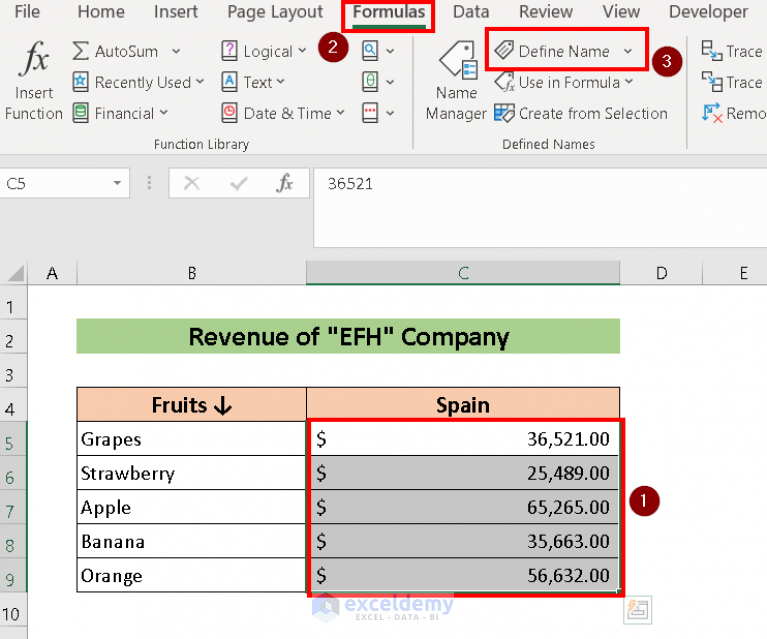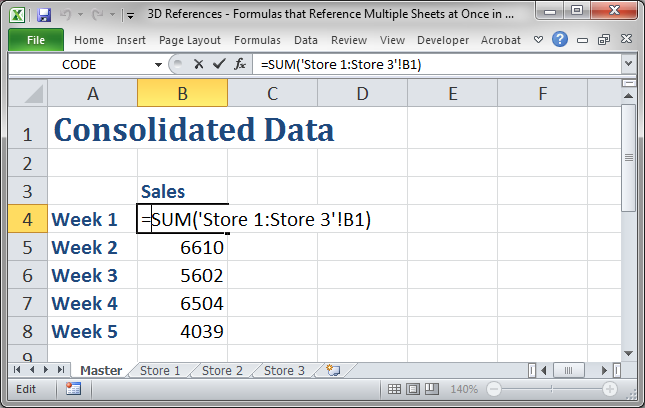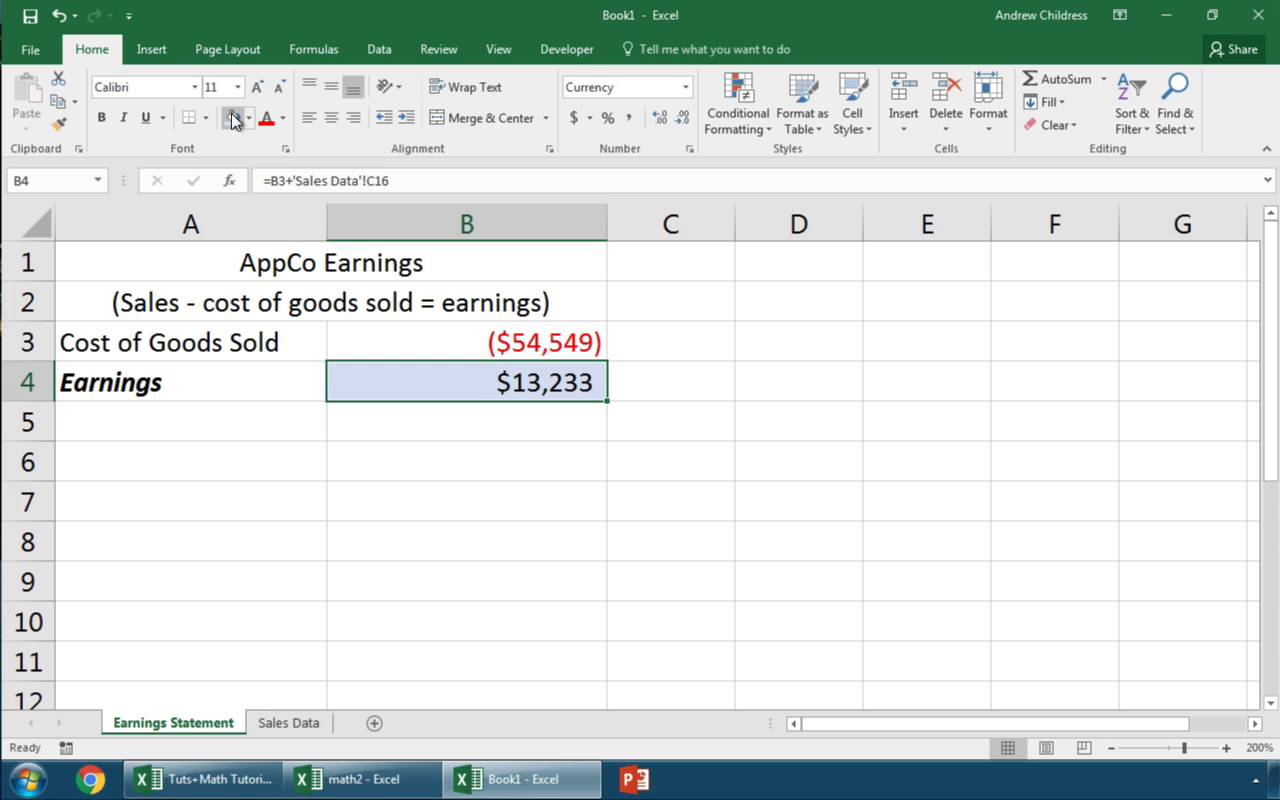5 Ways to Link Excel Sheets to a Master Sheet

Linking multiple Excel sheets to a master sheet can significantly enhance your data management efficiency. Whether you're compiling financial reports, organizing project updates, or tracking inventory, linking sheets allows for dynamic updates across your workbook, ensuring all data remains synchronized. Here are five effective methods to link Excel sheets to a master sheet.
1. Using the VLOOKUP Function

The VLOOKUP function is one of the most straightforward ways to link data from multiple sheets. It’s ideal for when you need to look up data based on a key value:
- Step 1: Identify a common identifier (key) between the master sheet and other sheets.
- Step 2: In the master sheet, use the VLOOKUP formula:
=VLOOKUP(master_key,other_sheet!A2:C100,column_index,false), where:master_keyis the value you’re looking up in the other sheet.other_sheet!refers to the range in the other sheet where the key and related data reside.column_indexindicates which column in the range contains the data to be returned.
📝 Note: The false at the end ensures an exact match is found, preventing errors from approximate matches.
2. Power Query

For more advanced data manipulation:
- Step 1: Go to the “Data” tab and click on “Get Data” > “From Other Sources” > “From Microsoft Query”.
- Step 2: Import data from each sheet you want to link into Power Query Editor.
- Step 3: Merge queries to create a single table with data from all sheets.
- Step 4: Use the “Append Queries” feature to combine tables vertically or horizontally.
- Step 5: Load the merged data back into Excel.
3. INDEX-MATCH Combo

An alternative to VLOOKUP, the INDEX-MATCH combination offers more flexibility:
- Step 1: In the master sheet, enter the following formula:
=INDEX(other_sheet!C:C,MATCH(master_key,other_sheet!A:A,0)), where:other_sheet!C:Cis the column containing the data you want to retrieve.other_sheet!A:Ais the column to look up themaster_key.- The 0 at the end ensures an exact match.
This method can handle both row and column lookups, unlike VLOOKUP which is limited to column lookups.
4. Named Ranges

If your data has fixed ranges that don’t change often:
- Step 1: Define named ranges for data in each sheet you wish to link.
- Step 2: In the master sheet, reference these named ranges to pull data. For example, if you have a named range “SalesData” in Sheet2, you can reference it with
=Sheet2!SalesData. - Step 3: Use functions like
AVERAGE(), SUM(),etc., directly on the named ranges for calculations.
🔗 Note: Named ranges make your formulas more readable and easier to maintain.
5. Excel Tables

Convert data ranges into Excel tables for dynamic linking:
- Step 1: Convert each sheet’s data range into an Excel table by selecting the range, going to “Insert” > “Table”.
- Step 2: In the master sheet, reference the tables with structured references:
=Table1[Column1]to pull data from a specific column. - Step 3: Excel tables automatically expand when new data is added, ensuring your links are always up to date.
These methods not only make your data management in Excel more efficient but also reduce manual entry errors and keep your spreadsheets organized.
Wrapping up, linking sheets in Excel can streamline your workflow, reduce errors, and make complex data manipulation manageable. By mastering these techniques, you can transform Excel from a simple spreadsheet tool into a powerful database and analysis platform. Remember, the key to effective linking is understanding your data structure and choosing the right method to suit your needs.
What are the benefits of linking Excel sheets?

+
Linking Excel sheets allows for dynamic data updates, reduces redundancy, increases accuracy by minimizing manual entry, and makes it easier to manage large datasets across multiple spreadsheets.
How do I choose between VLOOKUP and INDEX-MATCH?

+
Choose VLOOKUP for simple lookups in a column to the right of the lookup column. For more flexibility or if your data structure changes, use INDEX-MATCH, which can look up values in any direction and is not constrained by column order.
Can I link sheets from different Excel workbooks?

+
Yes, you can link data from different Excel workbooks by referencing the external workbook in your formulas. For example: =‘C:\Path[WorkbookName.xlsx]Sheet1’!A1